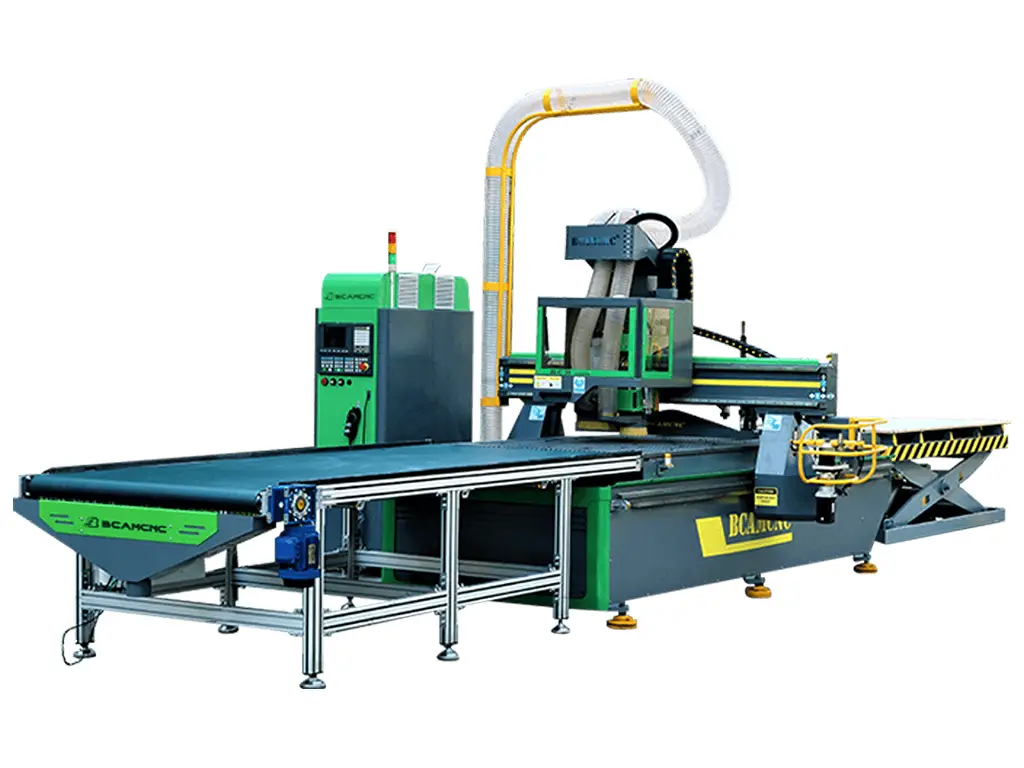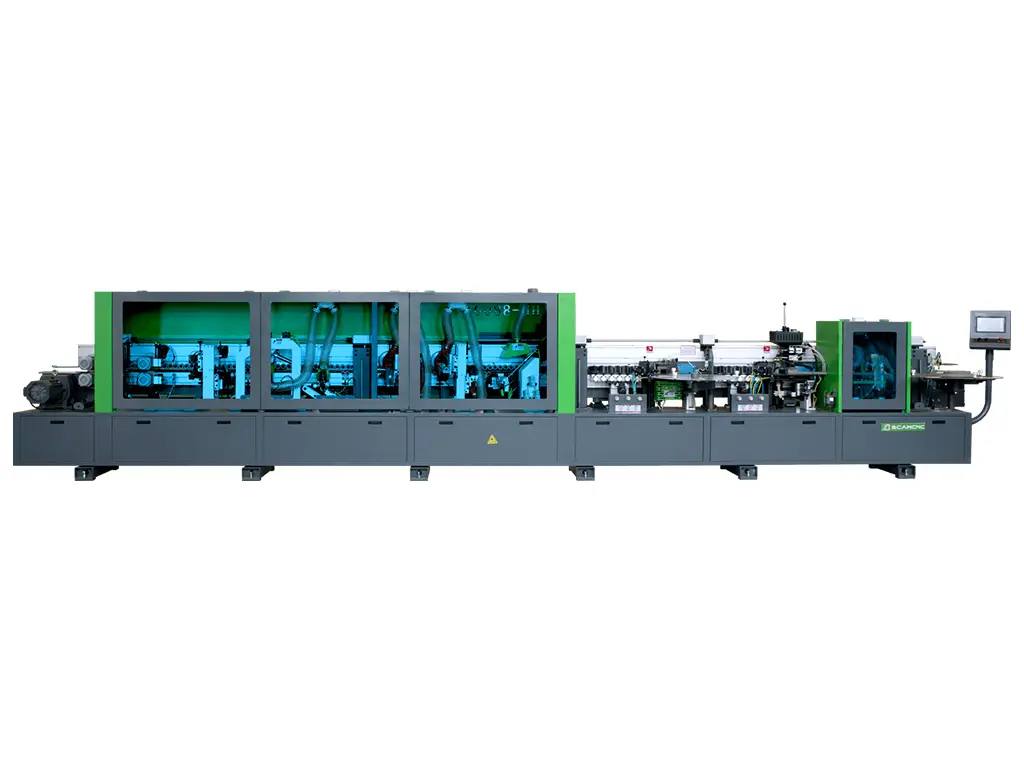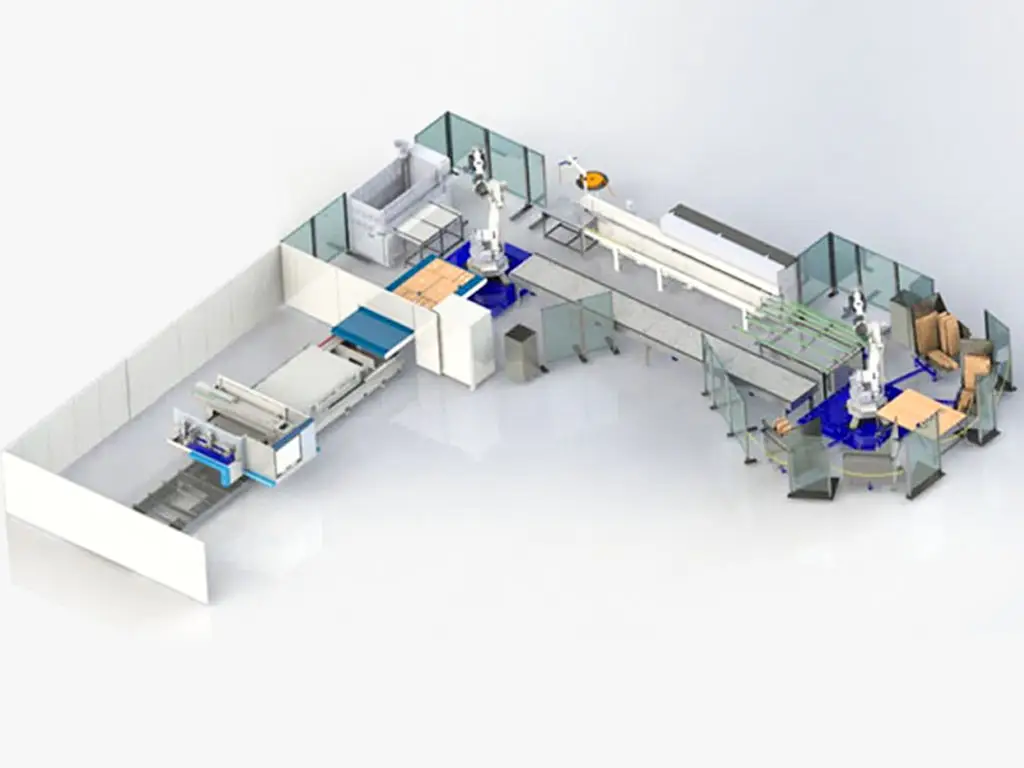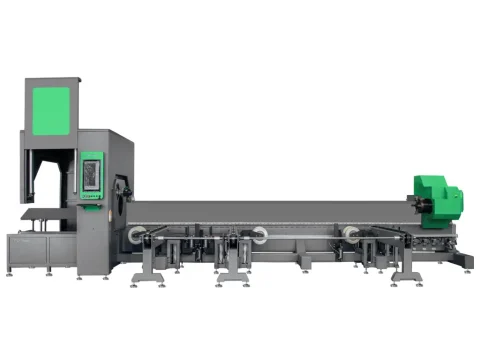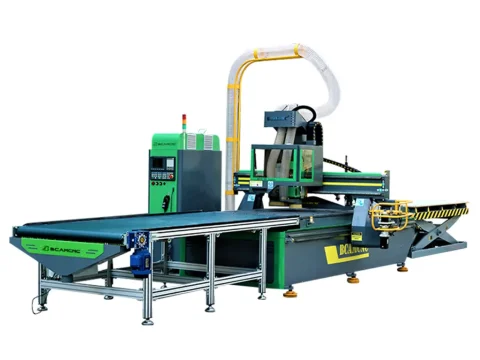The Production Process of Panel Furniture
The production process of panel furniture consists of many links and steps from the preparation of raw materials, through woodworking, paint finishing, and final product packaging and storage.
Panel furniture also has different technological processes due to different surface materials and surface decoration effects. The main representative categories are: veneer panel furniture, sticker panel furniture, solid color panel furniture, melamine panel furniture, solid wood imposition furniture, and mixed category panel furniture consisting of one, two, or more of the above categories.
Its main technological process includes material cutting, wood-based panel veneer, edge sealing, slot processing, packaging, and assembly.
The complexity of the panel process is closely related to many factors such as the product’s appearance design, product structure, materials, and the number of product varieties on the production line. For example, the drawer bottom plate only needs to be cut, while the honeycomb hollow floor cabinet panel requires more than 20 processes to complete.
Main Components of the Panel Production Process
The main components of the panel production process are:
Raw materials, process documents, machinery and equipment, operators, and corresponding quality and production management systems.
The timely arrival of raw materials is the premise and foundation of the entire process.
The process documents are the action basis for the entire processing process and management activities, which should be comprehensive and detailed.
Process Documents Include:
-
Renderings
-
Three views
-
Parts exploded diagram
-
Parts processing diagram
-
Hardware accessories list
-
Packaging scheme
-
Installation schematic diagram
-
Raw material list (BOM)
-
Parts processing process flow chart
-
Product instruction manual
Among them, the parts processing diagram should be used together with the parts processing process flow chart and run synchronously with the products on the production line to achieve the best effect.
The Parts Processing Flow Table Should Contain:
-
Name
-
Specification
-
Quantity
-
Material
-
Batch
-
Processing precautions
-
Special inspection standard
-
Working hours
-
Process and serial number
Machines, equipment, and operators are processing guarantees.
Main Production Process of Panel Furniture
Panel furniture has different processes due to different surface materials and surface decoration effects. The main representative categories are: veneer panel furniture, sticker panel furniture, solid color panel furniture, melamine panel furniture, and mixed category panel furniture consisting of one or more of the above categories.
The production of panel furniture does not only require three steps of cutting, edge sealing, and drilling as most people think. Below is a detailed explanation of each step.
1. Cutting & Routing
Cutting is the process of cutting the panels used to make furniture. Due to the relatively simple structure and high precision of connecting parts, the panels can be directly cut to the required size with a high-precision cutting saw.
Common Equipment:
-
Precision panel saw (push table saw): Manual or semi-manual operation, high labor intensity, low efficiency, low accuracy, and low safety.
-
Horizontal precision panel saw: Used for multiple and large panels, with large output and high precision, suitable for mass production.
Advanced Cutting Equipment:
-
Electronic cutting saw (computer panel saw): Digital equipment used for cutting various boards.
-
CNC machining center: Uses a milling cutter to mill grooves along the edge of the plate.
Features of Electronic Cutting Saw:
① High cutting precision and low loss
② Safety and environmental protection
③ High efficiency (equal to 3 push table saws)
④ High accuracy
⑤ Stable and firm structure
⑥ Simple operation
2. Wood-Based Panel Veneer
Wood-based panel veneer includes a six-step process from cutting to trimming. The boards purchased by furniture factories are all substrates without decorative surface treatment and must be veneered according to design requirements.
Common Veneer Materials:
Melamine impregnated paper, thin veneer, decorative paper, etc.
Since the size deviation after cutting is large, the panels must be sanded to make the surface smooth before veneering. The broadband sander is used to ensure thickness uniformity and surface smoothness.
After sanding, the board is cleaned to remove surface impurities, then veneered by the assembly line. The line includes a veneer, hot press, cooler, etc., completing gluing, pressing, inspection, cooling, and trimming semi-automatically.
3. Edge Sealing
Edge sealing uses wood strips, veneer strips, melamine resin decorative strips, PVC or ABS strips, etc., to seal the edges of panels such as particleboard, MDF, or blockboard.
Functions of Edge Sealing:
-
Improve appearance quality
-
Prevent damage, deformation, and cracking
-
Seal harmful gas release
-
Enhance waterproofing and aesthetics
Types:
-
Straight edge sealing: Simple and efficient.
-
Special-shaped edge sealing: Requires more manual participation and time.
Equipment:
Edge banding machines — including straight and special-shaped edge banding machines.
4. Slot Hole Processing (Boring, Drilling, Hinge)
(1) Drilling
Used to process connector holes and round rod tenon holes on furniture parts.
Main types:
① Connector hole
② Round tenon hole
③ Hinge hole
④ Guide hole
(2) Slotting
Processes through slots, broken slots, and wire holes for panel installation (e.g., cabinet backs, drawer bottoms) or hardware installation (e.g., tracks, decorative strips, cables).
5. Packaging
Panel furniture is mostly flat-packed. The furniture is disassembled and packed into smaller pieces for transport, then assembled on-site at the customer’s home. This method saves space, reduces transport costs, and ensures convenience.
6. Assembly
Assembly is generally carried out by the seller or at the customer’s home. The structure of panel furniture is standardized and installation is simple. Installers follow the factory installation drawings to complete the setup. After verification, the furniture can be delivered to the customer.
